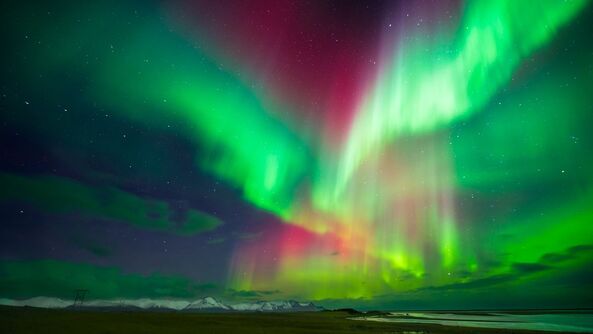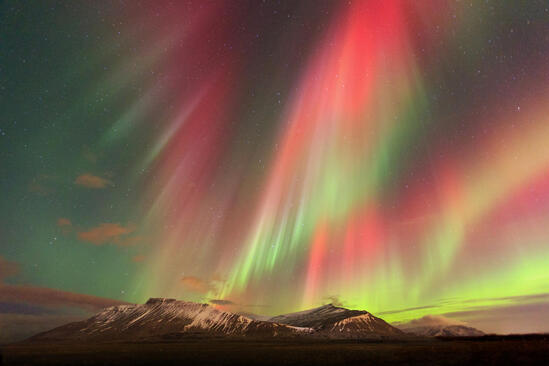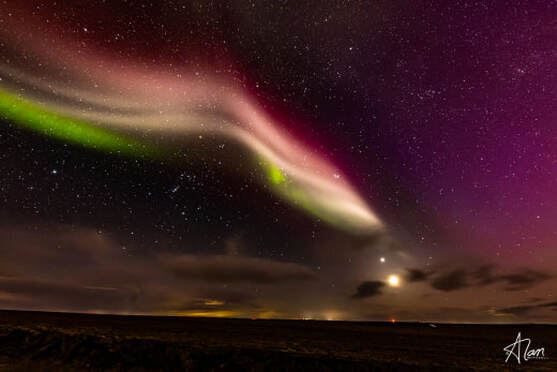|
Sweden's northernmost province of Lapland is a spectacular place, with snow-capped mountains, picturesque fjords, and vast expanses of Arctic wilderness. But what draws curious visitors every winter are the aurora borealis, more commonly known as the Northern Lights. This natural phenomenon is caused by electrically charged particles, originating from the sun, colliding with the Earth's atmosphere. The result is a breathtaking display of colors, ranging from green, yellow, and pink to shades of blue and purple.
Scientists, too, have been captivated by the Northern Lights for centuries, studying the complex interplay between the sun, the Earth's magnetosphere, and the atmosphere. And there is perhaps no better place to do this research than in Lapland, where the sky lights up with the dancing curtains of light almost every night in winter. For years, the Swedish Institute of Space Physics (IRF) has been at the forefront of this research, using advanced instruments to study the Northern Lights and their effects on our planet. And recently, they have turned to a new tool that promises to revolutionize the field: high-speed cameras. According to a recent article in The Manila Times, IRF scientists have set up two high-speed cameras in Abisko, a small village in Lapland, to capture the Northern Lights in unprecedented detail. The cameras are capable of shooting at 1,000 frames per second, allowing researchers to study the dynamics of auroral substorms in real-time. And the results have been spectacular. In just a few months, the cameras have captured thousands of images and videos of the Northern Lights, revealing new insights into the complex and dynamic nature of these celestial displays. The footage has also been a hit with the public, with many people sharing the videos on social media and admiring the beauty of the aurora.
But the research has practical implications, too. Understanding the dynamics of auroral substorms is crucial for predicting and mitigating their effects on our technology-based society. Auroral substorms can disrupt satellite communications, damage power grids, and cause radio blackouts, among other things. By studying them in more detail, scientists can develop better models and tools to predict and prevent these disruptions. The use of high-speed cameras is just one example of how technology is transforming scientific research. With the help of advanced instruments and data analysis tools, scientists can now study complex phenomena that were previously out of reach. And in the case of the Northern Lights, this research not only deepens our understanding of the universe but also enhances our appreciation of the beauty and mystery of the natural world. In conclusion, Sweden's sky lights up with Northern Lights research that promises to bring a new level of understanding to the fascinating and awe-inspiring phenomenon.
The use of high-speed cameras opens up new avenues for research and public engagement, and the results are already revealing new insights into the complex dynamics of auroral substorms. With continued investment and innovation, the Northern Lights may one day yield even more secrets and surprises, inviting us to marvel at the wonders of the cosmos.
0 Comments
Leave a Reply. |
�
categories
Categories
All
|





 RSS Feed
RSS Feed